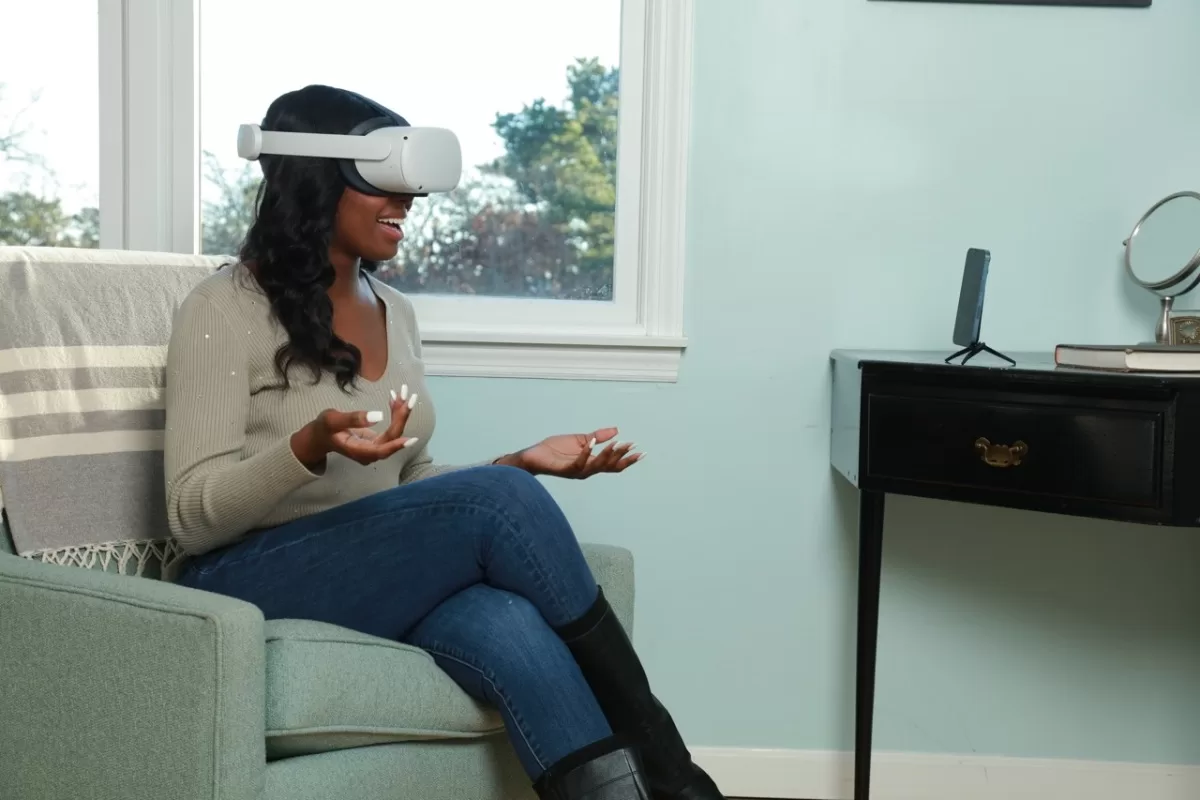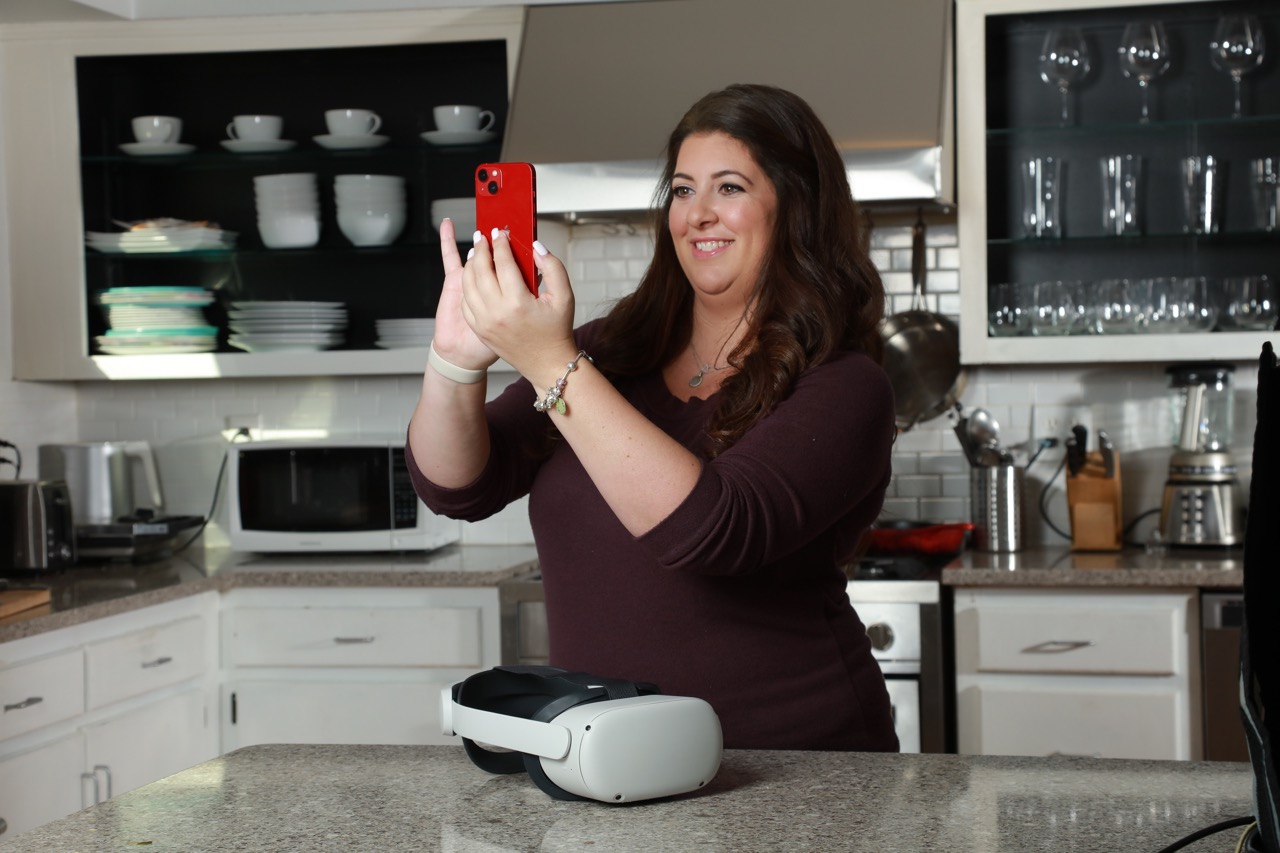Canon possesses a long as well as deep-seated past history of being a components maker. A lot of customers understand it better as a video camera maker, yet the business possesses a long, deeper and renowned record in medical, office tools, and other imaging functions.
During the course of the widespread, a ton of its own company moved. Folks quit visiting workplaces. Sporting occasions were actually stopped. As well as while the health care industry was prosperous, Canon as a firm needed to have to re-think its own purpose and also sight: What performs an imaging company carry out in a planet where individuals have a need to hook up, but are actually not able to leave their houses while a deadly infection roars worldwide?
At CES 2023, the provider displayed its sight for the future– a sight that seems to be a great deal a lot less hardware-y than you will expect from the 85-year-old firm that has generally created each of its own cash from bring in factors along with buttons.
A rag-tag lot of Canon pros took on the obstacle as well as created Kokomo, a virtual reality meeting software package that, fundamentally, creates real-time 3D video recording phoning a reality.
Individuals put on a virtual reality headset and factor a mobile phone at themselves. The program checks your face, and also develops a photo-real 3D avatar of you as well as the individual you are actually naming. It uses the motion sensing units in the headset and the video camera to capture your character, moving you in to a photo-realistic space, and also boom, you are actually virtually present with a coworker, family member or even close friend. The technology to scan your face corresponds to the specialist utilized by iOS’s skin ID, doing a quick pre-capture procedure. From certainly there, your face’s design and appearance could be displayed inside the video refers to as.
< img src ="https://techcrunch.com/wp-content/uploads/2023/01/Canon-Kokomo-40-Large.jpeg"alt="" size="1024 "height=" 682 "/ > A quick check along with the Kokomo companion app captures your face so it can be shown to your buddies in VR. Image Credit Report: Canon The absolute most appealing factor to keep in mind about the above paragraph is actually the absence of Canon items. Customarily, Canon’s program remedies have actually focused on boosting as well as promoting the use of its own components products. The firm produces not either smartphones neither virtual reality headsets, nonetheless, thus this relocation stands for a major departure coming from its own origins.
TechCrunch sat along with the group that led the progression of Kokomo to identify how it occurred, and where Canon is actually going as it re-imagines its very own future.
Kokomo is actually a means to make it possible for folks to be there certainly, when they couldn’t. Jon Lorentz
“This is actually representing an incredibly fantastic brand new development for Canon– however also a very new company instructions for Canon, too,” claimed Jon Lorentz, among the co-creators of the Kokomo solution. “As you know, commonly, Canon is quite tied to our equipment products. When we revealed AMLOS at CES in 2015, it had to do with innovating work coming from home. Our task [along with Kokomo] is to introduce lifestyle at home, and that is actually where this job arised from. When our team started, our team were in the strong of COVID, and also there were certainly not a ton of ways for people to receive linked. The underlying facility for what our experts generated was actually to become a solution to that. Kokomo is actually a means to allow individuals to be there when they could not.”
The team’s target was to generate a solution that takes the expertise past a phone call, a FaceTime telephone call or a Zoom phone call– to feel existing as opposed to simply consider each other on a display. A worthwhile undertaking in a planet where traveling is minimal and display exhaustion is real. Yet just how is Canon’s answer for delivering individuals into an online globe mosting likely to complete that?
“Our team sustain a lot of the well-known consumer VR headsets out there to permit people to engage in immersive telephone calls, as our team are actually naming all of them. In these calls, people can involve. They are actually compelling, in living, breathing atmospheres. You can easily download and install a friend application on a cellular phone, which permits the person you talk with find you coming from head to toe,” reveals Lorentz. “Say goodbye to legless characters. No more pondering what somebody is really gesturing. As well as you can actually view the various other person. You can be in the call, as opposed to on decision.”
Below is actually a detailed job interview along with Kokomo co-creators Jon Lorentz, Radiation Konno and Jason Williams. The job interview has actually been actually revised for quality as well as size.
< img src="https://techcrunch.com/wp-content/uploads/2023/01/Canon-Kokomo-34.jpg" alt ="" distance="1024" height="683"/ > A phone and also a virtual reality headset are all you need to have to make use of Canon’s Kokomo. Graphic Credit: Canon
TechCrunch: Why is Canon delighted in software program? Isn’t that an action away from its hardware origins?
Jon Lorentz (JL): At our core, Canon is actually an imaging firm, which is actually truly our specialized. Kokomo is using that specialized to the program rather than beginning along with our hardware initially. Our company view that the capacity to step into a telephone call is definitely stepping into an image resolution sensing unit. It has to do with taking that image sensing unit records, and after that administering it to someone else’s visual area.
Obviously, there are actually a ton of information behind that, however our core is image resolution superiority. As you generate mesh truth as well as online truth, you require to possess a specific level of meshing: it really needs to compare. Otherwise, you’re going to really feel detached– it is actually certainly not heading to really feel organic. The exact same goes with the settings; they are certainly not fixed, from another digital place. We have actually recorded real-life atmospheres, and carried all of them in to virtual reality. You actually seem like you reside in the vibrant, staying places.


